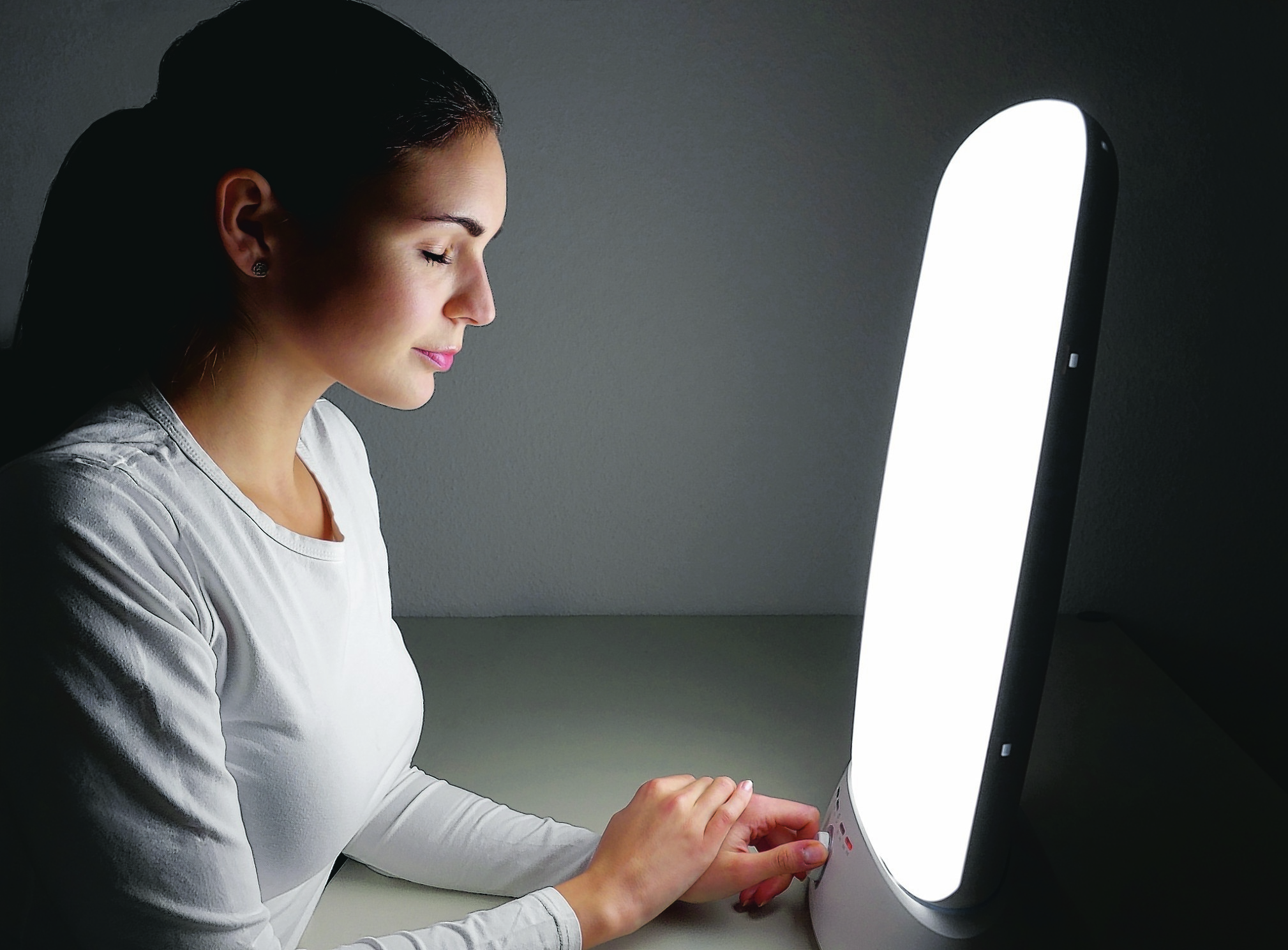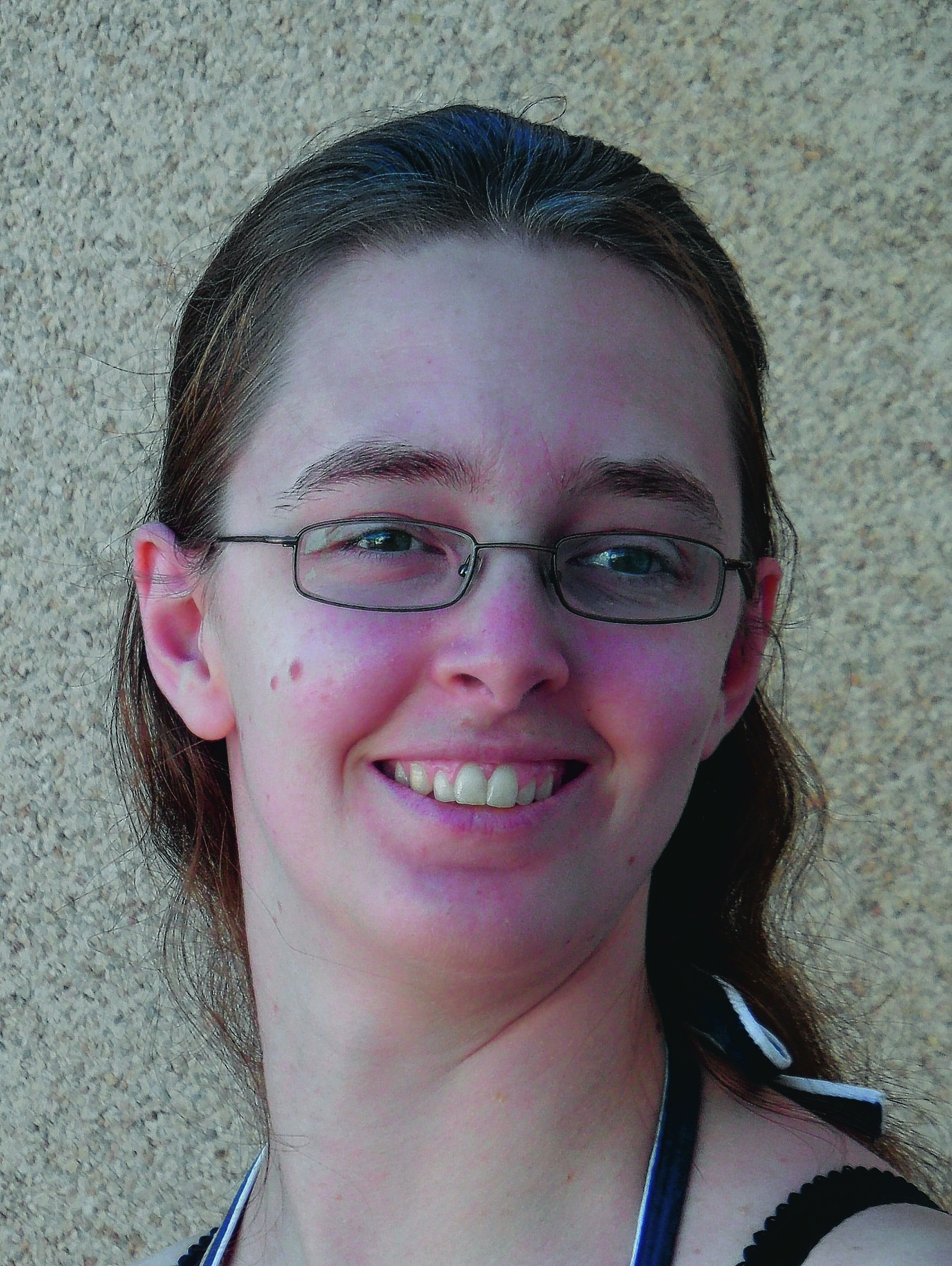Now that the days are shorter and darker, many people understandably feel a little miserable. But an estimated half a million of them aren’t just a little low – they have seasonal affective disorder.
That means their malaise could last from around now until April, when spring is in the air again.
For up to 2% of the UK population, seasonal affective disorder (Sad) is a seriously disabling psychiatric disorder that prevents them from functioning normally without medical treatment. Symptoms can include depression, extreme lethargy, sleep problems, overeating, anxiety, social problems, mood changes and loss of libido.
Most sufferers also show signs of a weakened immune system during the winter, and are more vulnerable to infections and other illnesses.
For a further 20% it’s a more mild, but still somewhat debilitating disorder, called subsyndromal Sad or, more commonly, the winter blues. While there may be symptoms such as low mood and sleep and eating problems with this milder form of the condition, full-blown depression and anxiety tend to be absent or mild.
A SEASONAL TREND
Symptoms usually recur regularly each winter, starting between September and November, and continue until March or April.
Prolonged periods of low light at other times of the year may also trigger symptoms.
A diagnosis can be made after three or more consecutive winters of symptoms, which disappear in spring, either suddenly with a few weeks of hyperactivity, or gradually, depending on the intensity of sunlight in the spring and early summer.
While the exact cause of Sad is still unknown, it’s thought to be linked to a biochemical imbalance in the brain, as a result of the shortening of daylight hours and the lack of sunlight in winter.
One theory is that light stimulates a part of the brain called the hypothalamus, which controls mood, sleep and appetite. In people with Sad, lack of sunlight may prevent the hypothalamus from working properly, increasing the production of the hormone, melatonin, which helps you sleep, and reducing the production of the hormone, serotonin, a neurotransmitter thought to contribute to feelings of wellbeing and happiness.
The lack of sunlight may also disturb circadian rhythms (the body’s internal clock).
SEEING THE LIGHT
Consultant psychiatrist Dr Aarohee Desai-Gupta says Sad patients tend to be extremely sleepy and lethargic with an excessive appetite, compared to people with typical depression, who lack an appetite and often can’t sleep.
While antidepressants and cognitive behavioural therapy (CBT) can help, she says bright light also works well. Light therapy, involving daily exposure to very bright light, at least 10 times the intensity of normal domestic lighting, has been shown to help in up to 85% of diagnosed Sad cases.
“One of the theories about the cause of Sad is a change in circadian rhythms,” says Dr Desai-Gupta. “The body’s internal clock fails to adjust to the change in the length of the day and reduced light and, as a result, the serotonin and melatonin levels in the brain change.
“So exposure to bright light in the dark hours may help the body clock get back to normal, and thus reduce some of the Sad symptoms.”
SELF-HELP MATTERS
Dr Desai-Gupta points out that while people with severe Sad, which can affect their work, relationships and social life, need to visit their GP and start treatment, there’s plenty that those with milder forms of the condition can do to help themselves.
This includes vigorous exercise, such as brisk walking for 25 to 30 minutes a day, eating a healthy diet rich in protein, salads and fruits, rather than comfort foods like biscuits and crisps that people with Sad often turn to, and getting outside during the day as much as possible.
“Exposing themselves to as much daylight as is available, by doing outdoor activities such as gardening, walking and cycling, will minimise the symptoms of seasonal affective disorder,” she stresses.
The doctor also suggests having structure to the day, and trying to make exciting social plans. “Having something to look forward to during the winter months can help.”
Winter sunshine holidays can reduce symptoms too, although there is a very real risk that they’ll come back with a vengeance once the holiday is over.
DREADING WINTER
Jenny Scott-Thompson, of the Seasonal Affective Disorder Association (Sada) suffers from the condition herself.
“Each year I feel nervous when winter’s coming, because I know it’s going to be tough.
“It’s a mixture of low mood and low energy, and the best way I can describe the tiredness is, it’s like when you’ve been working ’til the early hours and you’re struggling to keep your eyes open and feel exhausted.
“I’d be feeling like that every day in the winter by about 5pm. I had no energy to do anything, and that’s frustrating and gets you down. You don’t do any fun stuff and you’re doing badly at work because you’re so tired. It all contributes to low mood.”
She also craved carbohydrates, fatty foods and sugar all the time, and was constantly battling to eat healthily. “It’s like a small animal preparing to hibernate. It feels like you’re storing up food to try to keep you going. You feel hungry all the time, for no reason.”
Jenny started to notice her symptoms when she was 16, but she wasn’t diagnosed for another five years.
“Spotting the pattern is key – it may take a few years. Once you’ve been diagnosed, the treatment for Sad, such as using a light box, is different from the way symptoms might be treated with a different diagnosis.”
HOPE ON THE HORIZON
Jenny says her condition has improved enormously since she started having light therapy.
“The light box has made a really big difference. It took a few days to feel the effect, but suddenly I had energy again.”
Light boxes cost around £100, and the affected person sits in front of them and can work or read as normal. The length of time a light box is used varies from person to person, but can be as little as half an hour once or twice a day.
Jenny says most people will feel a little miserable on dark days in the winter, and because Sad is a continuum of effects, using a light box should give people at even the very mild end of the Sad spectrum a boost.
“Most reputable light box companies offer a free trial, so you can borrow one for a few weeks and see if you notice a difference.”
There are also dawn simulators which can help people get up in the morning on dark, miserable days.
She advises anyone who thinks they may be suffering from Sad to talk to their GP, particularly if they are depressed as well.

